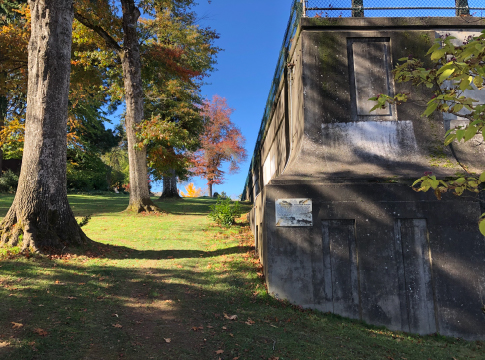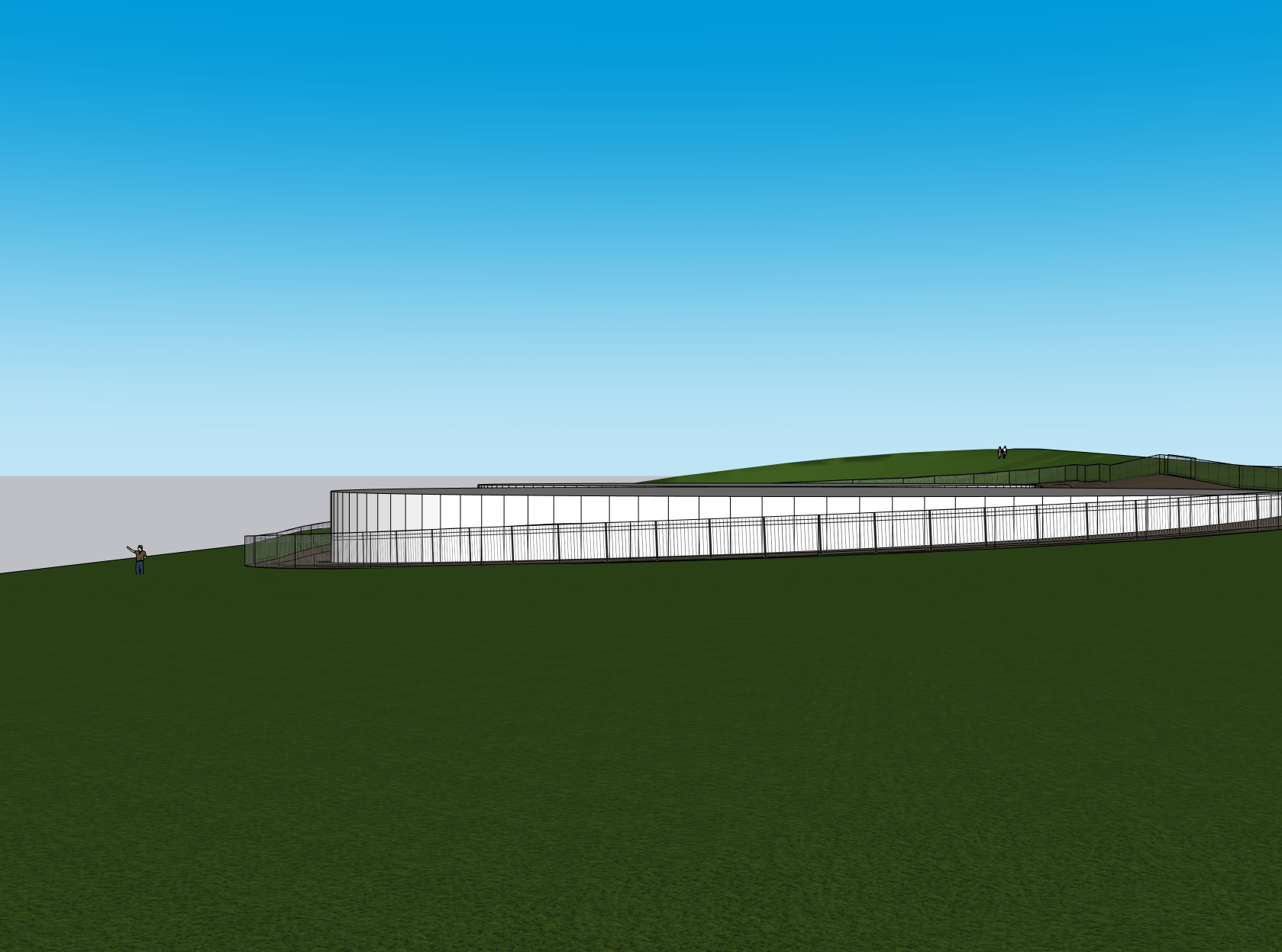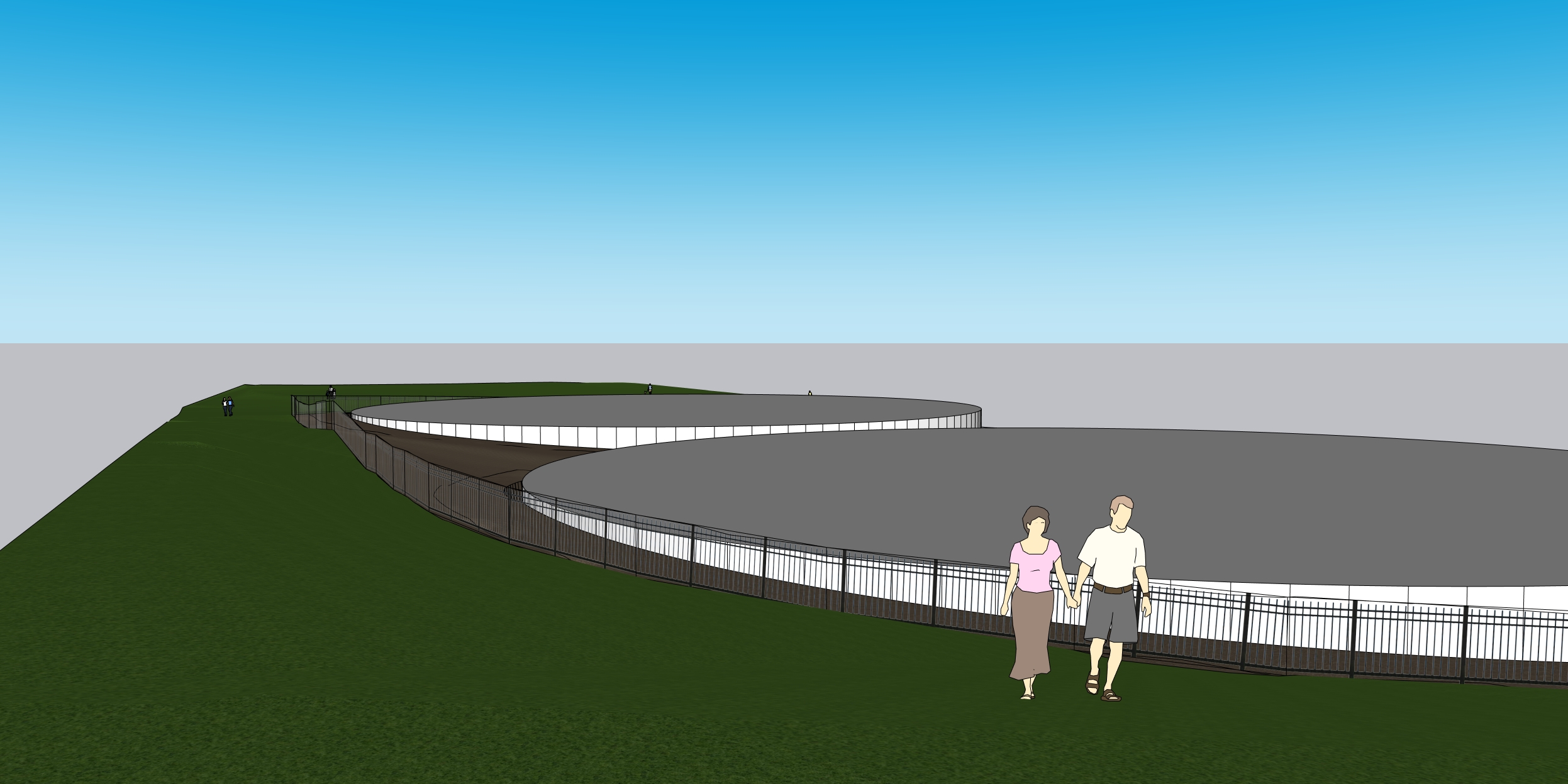Get in Touch
We are tracking questions and input from the public. If you are curious about a specific aspect of the project or want to submit a comment, email the EWEB project team at water.storage@eweb.org.
As part of the approved Historic Mitigation plan, EWEB will work with a local or statewide repository (such as the Lane County Historical Society, the Oregon Historical Society, or the University of Oregon Knight Library) to digitize, archive, and maintain College Hill Reservoir System records for public use. The records will include historic-period photographs and reservoir engineering and construction-related drawings.
Below is a brief preview of images that will be made available for public use.
Historic Photos
Download the Intensive Level Survey (PDF) completed for the College Hill Reservoir System to view additional photos from the construction and initial completion of reservoir 607.
Inside the Reservoir
The reservoir was bisected into two water retention/storage areas, one each north and south, separated by a central stairwell accessed via the entrance structure. The interior of the structure was used for water storage with the exception of monumental concrete columns that supported the structure’s roof. The columns, which sat on concrete base footings, rose on average 20 feet.
Inside the Catacombs
The catacombs were located on the east face, accessed via pedestrian doors at the northeast corner, on the east face, and at the southeast corner. The catacombs were defined by the buttressing walls that braced the reservoir structure on the east (down sloping) side of College Hill, and partially wrap the structure at the north and south faces. Additional open spaces located approximately center of the reservoir (beneath the entrance structure) were defined by arched openings that allow access beneath the stairs for maintenance.
More Information About the College Hill Project
EWEB is replacing the leaky and antiquated reservoir with new, modern drinking water storage tanks built to withstand major earthquakes.
Learn more about the design of the new earthquake-resistant water storage tanks at College Hill.




















